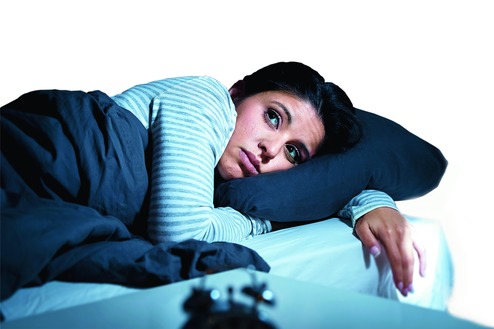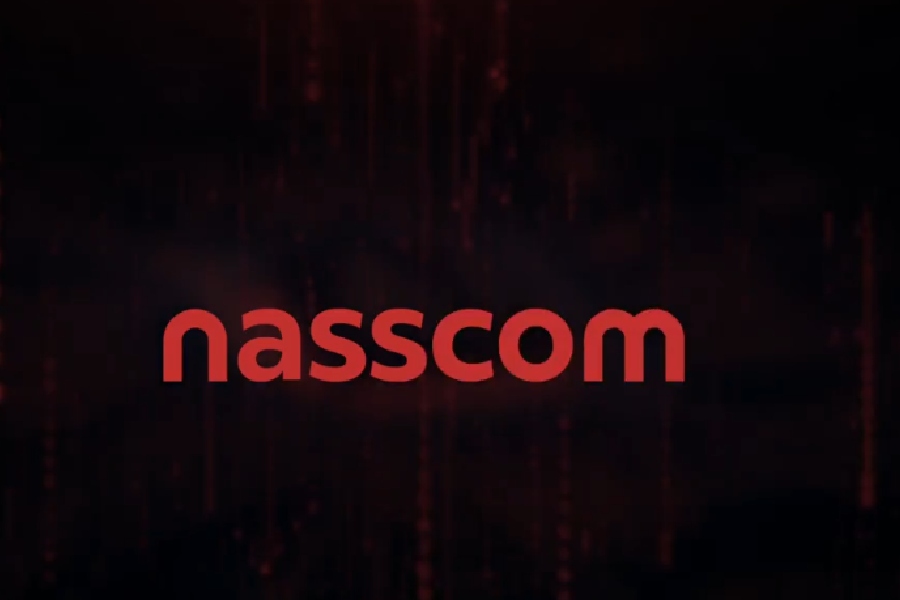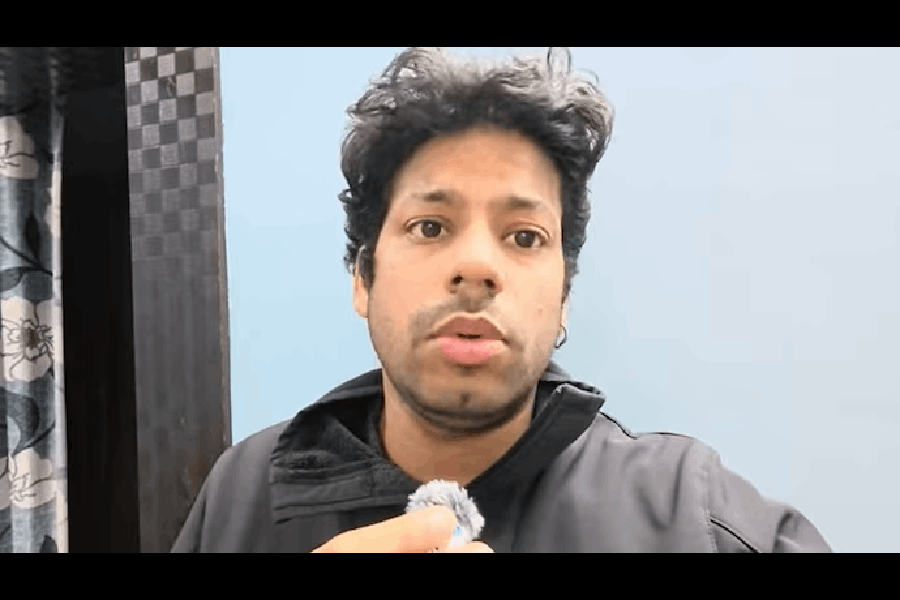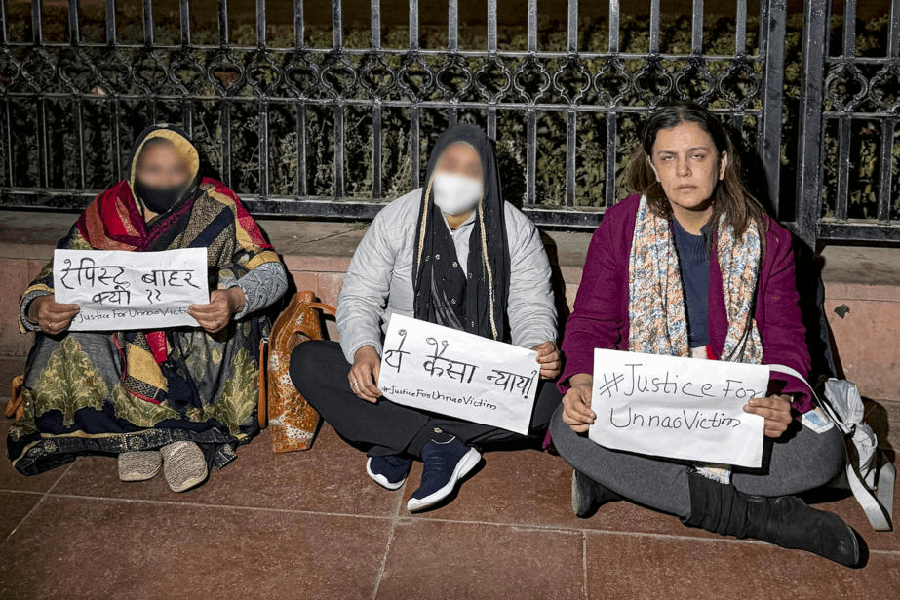
One of the most mystifying phenomena of medical science is the placebo effect. What exactly is it, you ask? Say someone gives you a pretty pill and tells you with a reassuring smile that it will cure your niggling pain. You trust the person, so when you take the medicine you expect to be cured. Lo and behold, you feel the pain is gone, even though it was just a sugar pill. That is the placebo ("I shall please" in Latin) effect.
Doctors have over the years realised the weird power of the placebo effect or sugar pills in the treatment of pain, anxiety and depression and used it liberally, before medical ethics got in the way. Not only did they prescribe placebo pills but also placebo surgeries. Surgeons made minor incisions - without actually changing anything - to make people feel cured.
Acknowledged for decades, the placebo became the subject of serious scientific study fairly recently. Now it is well recognised as a therapeutic tool. In the last few years, scientists have been able to locate specific areas of the brain linked to the phenomenon, overlapping the interface of mind and medicine.
Less familiar but equally effective is placebo's evil twin: the nocebo - where an expectation of a malady, or anticipation of negative effects, makes you ill.
First mentioned in medical literature in 1961, it took more than three decades for hard evidence to emerge on the nocebo ("I shall harm"). In 1997, Fabrizio Benedetti, a neurophysiologist at the University of Turin Medical School in Italy, found a distinct biochemical pathway of nocebo while trying to trace the mechanism of placebo in some patients recovering from a surgery.
Benedetti was recently in Calcutta to attend the Saarc International Psychiatric Conference. At the meet, talking about that landmark experiment, he said, "In patients who reported mild post-operative pain, we evoked a nocebo response, a phenomenon equal but opposite to placebo." He injected patients - who gave informed consent - a substance known to be "non-hyperalgesic"(actually a saline solution). The patients were told the injection would increase their pain within 30 minutes. All the patients reported an increase of pain.
Then Benedetti, "unbeknown to the patients", injected proglumide (which blocks cholecystokinin, a hormone implicated in hypersensitivity to pain and associated with anxiety) along with the saline. The effect: patients did not report any increase in pain, despite the fact that neither saline nor proglumide actually causes any discomfort. "Results suggest that cholecystokinin mediates pain increase in the nocebo response and that proglumide blocks nocebo," he said.
In other words, Benedetti identified a biochemical reaction pathway responsible for the nocebo effect, and showed how it could be blocked through a chemical substance. The patients' perception of what they expect to happen could induce real anxiety and pain in their body.
Later, through brain scans on another group of patients, he identified how nocebo activates areas of the brain that deal with extreme threats to our body. "If you harbour strong fear and belief, the resulting hormones could be extremely harmful," he said.
Fear and anxiety can also be contagious. Scare-mongering or even passing on some gossip around can spread the nocebo effect, making your mind vulnerable to illness.
In 2014, Benedetti designed an experiment to study the power of gossip or negative words. Instead of using sham injections or fake pills, he planted a "social nocebo" in the subjects. He took 121 students to a medical research facility up the Italian Alps to an altitude of 3,500 metres. Then he started a rumour about the risk of mountain sickness and that the thin air could bring on a headache. He told only one student to bring aspirin in case the headache turned severe. He also gave the young man a leaflet showing a picture of a "headache sufferer" at a high altitude, lying on a bed, grimacing and having pills.
The "social infection" spread in a week and more students sought details on mountain sickness. On the day of the trip, Benedetti found that most of those who had heard the rumour (86 per cent) began to suffer from severe headaches. The nocebo response was evident from the sufferers' saliva, which reflected a genuine response to the low oxygen conditions, including an increase of enzymes that are associated with high altitude sickness. The nocebo group of students also showed an increase of the stress hormone cortisol in their blood!
The essence of the results of the social experiment is that a negative or harmful belief spreads like a contagion and can make people really sick. Said Benedetti, "Negative expectations can spread very quickly in the community, through verbal communication, producing a social nocebo [and eventually symptoms of a disease] in a large population."
Nocebo explains how shamans or witch doctors spelled doom for people. Said Om Prakash Singh, head of the department of psychiatry at Nil Ratan Sarkar Hospital, Calcutta, "Curses of shama-ns or mytho-logical figures in olden times must have really worked by triggering nocebo. Through words or the power of suggestion, they could bring about negative expectation in vulnerable minds producing symptoms of a disease, such as vomiting, dizziness, loss of appetite and even death."
Over the last decade, negative expectation has been found to exacerbate symptoms in treatments for everything from headache, fibromyalgia, Parkinson's and depression. "A recent study in Germany showed how a perception that the more expensive a drug, the stronger its side effects (such as pain) leads to a nocebo response. Concern of adverse effects can trigger anxiety and real pain in patients," says Singh.
He, however, is more concerned that public perception of your doctor could make you sicker. Studies have shown that a negative perception of a doctor or hospital can hamper a patient's recovery. "I have seen how growing deficit of trust in the doctor-patient relationship has been adversely affecting clinical outcomes in recent times. If patients don't trust their doctors, treatments are not going to work; it can even worsen the disease," he says.
Benedetti has approached doctor-patient trust in neurobiological terms in his seminal book The Patient's Brain. He writes, "...if the patient who seeks relief does not trust therapists and therapies, the doctor-patient encounter has no meaning at all." On the contrary, therapies can backfire and eventually harm.
The mind-body connection is something neither patients nor doctors can ignore, despite the sophisticated new tools of diagnosis and therapies.










